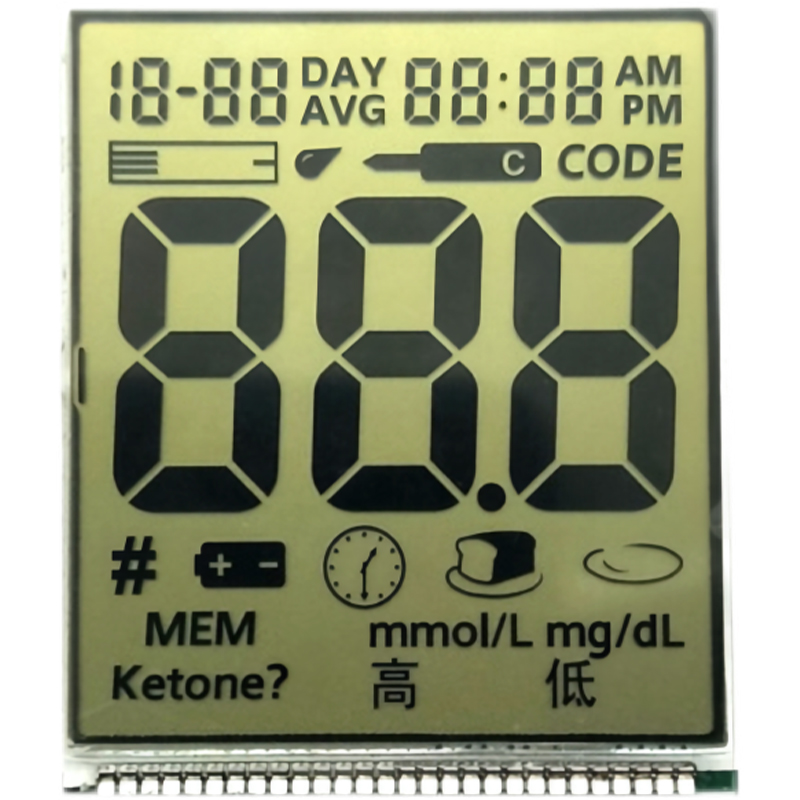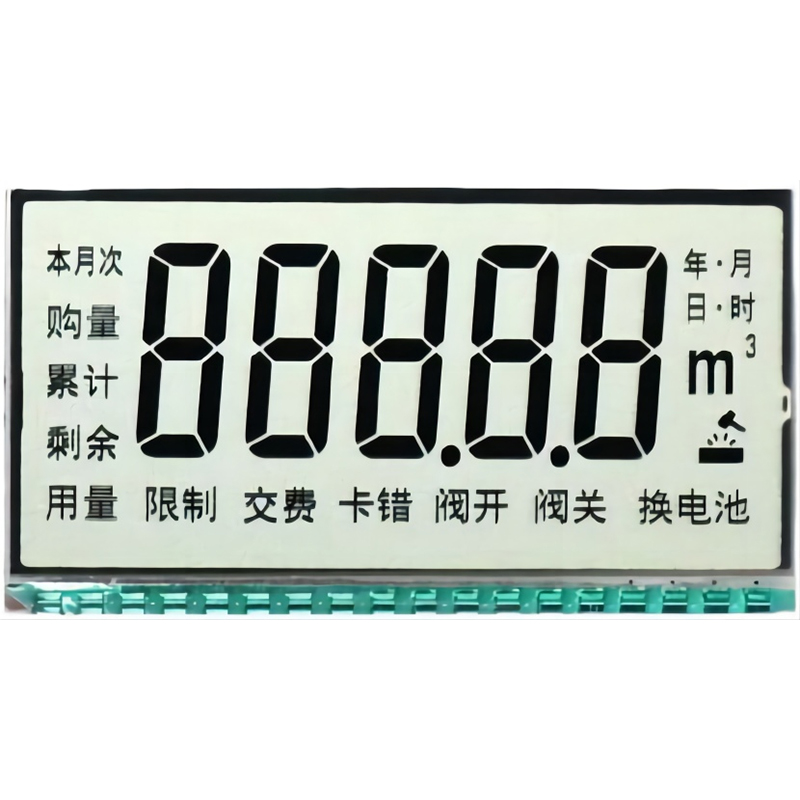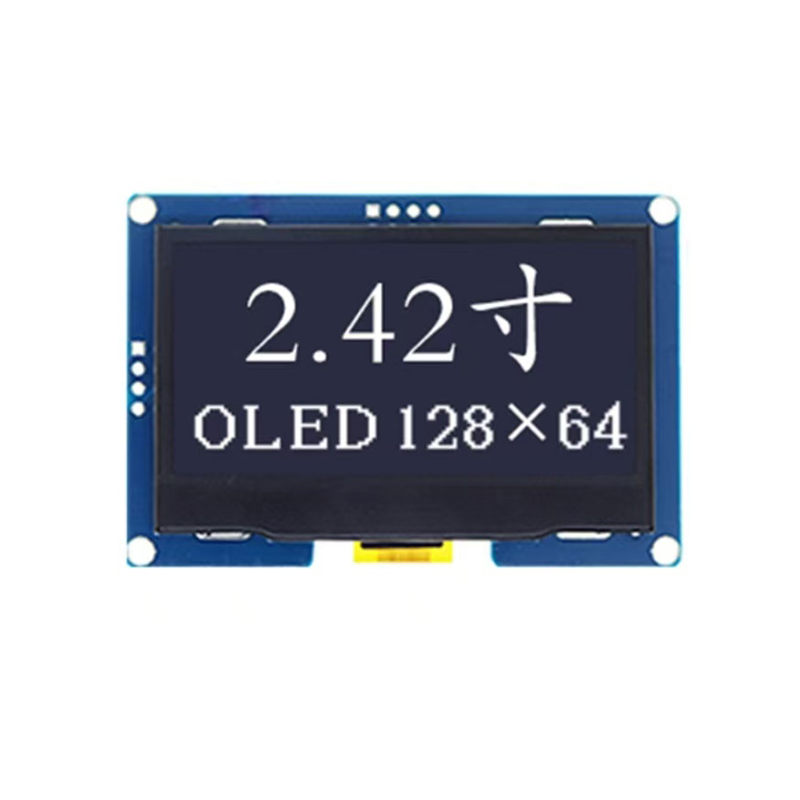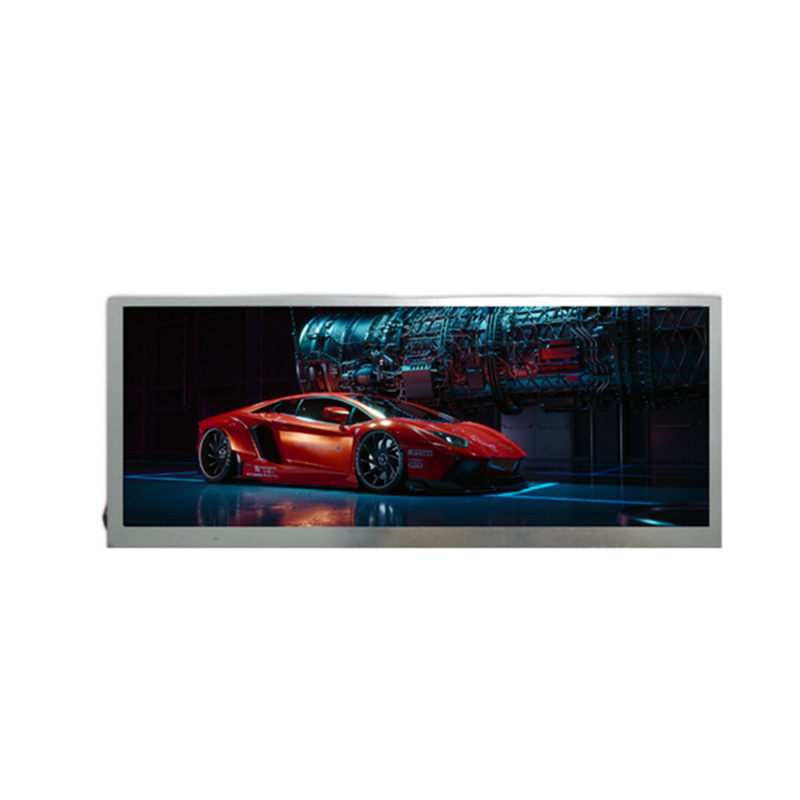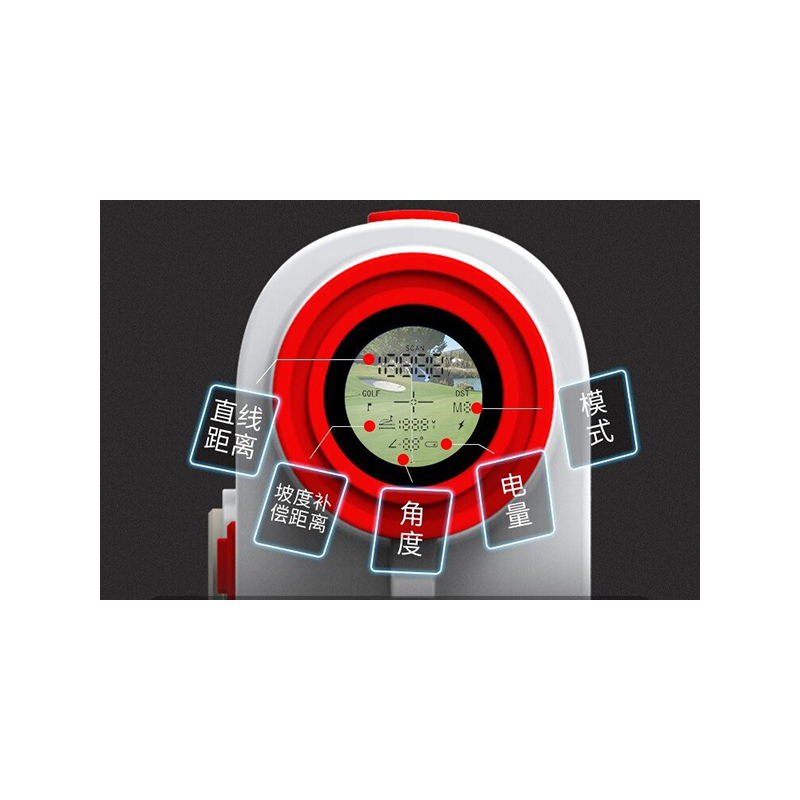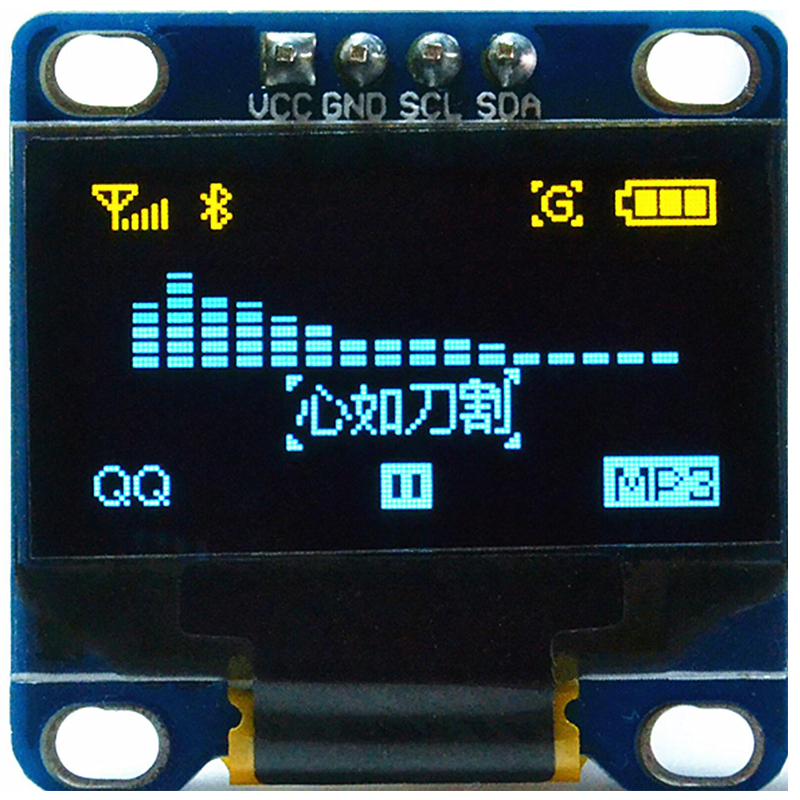
This guide provides a detailed overview of LCD panels, covering their technology, types, applications, and considerations for selection. We'll explore key specifications, compare different panel technologies, and offer insights to help you choose the right LCD panel for your needs. Learn about the differences between various LCD panel types and discover how to identify high-quality displays.
A liquid crystal display (LCD panel) is a flat-panel display that uses liquid crystals to modulate light. Unlike technologies like OLED, LCD panels require a backlight to illuminate the crystals, which then selectively block or transmit light to create the image. This process allows for the creation of sharp images and text on screens of various sizes.
Several types of LCD panels exist, each with its own strengths and weaknesses. Key differences lie in the backlighting technology, the type of liquid crystals used, and the panel's resolution and response time.
TN LCD panels are known for their fast response times, making them suitable for gaming monitors. However, they typically offer limited viewing angles and color accuracy compared to other technologies. They are generally more budget-friendly.
IPS LCD panels offer superior viewing angles and color accuracy, making them ideal for photo and video editing. While their response times are slower than TN panels, improvements have made them suitable for many gaming applications. The image quality is generally considered more vibrant and accurate than TN.
VA LCD panels combine aspects of both TN and IPS. They offer good contrast ratios and deep blacks, often preferred by movie enthusiasts and gamers seeking high-contrast visuals. Their viewing angles are also better than TN but might not match the consistency of IPS.
When choosing an LCD panel, several key specifications should be considered:
Measured in pixels, resolution determines the sharpness and detail of the image. Higher resolutions, such as 4K, result in sharper and more detailed images, but often come at a higher cost.
Response time measures how quickly a pixel changes from one color to another. Faster response times (measured in milliseconds) are crucial for gaming and video playback to avoid motion blur.
This specification describes the difference in brightness between the brightest white and the darkest black. A higher contrast ratio results in richer blacks and a more vivid image.
Measured in nits (cd/m2), brightness refers to the light intensity of the screen. Higher brightness is beneficial in brightly lit environments.
Viewing angles determine how much the image quality changes when viewed from different angles. Wider viewing angles ensure consistent image quality regardless of the viewing position.
LCD panels are ubiquitous and used in a wide array of applications, including:
The best LCD panel for your needs depends on your specific application and priorities. Consider the trade-offs between response time, color accuracy, viewing angles, and budget. For example, a gamer might prioritize response time, while a photographer might prioritize color accuracy.
| Feature | TN | IPS | VA |
|---|---|---|---|
| Response Time | Fast | Moderate | Moderate |
| Viewing Angles | Narrow | Wide | Wide |
| Color Accuracy | Limited | Excellent | Good |
| Contrast Ratio | Moderate | Moderate | High |
For high-quality LCD panels and further information, consider exploring the offerings of a leading manufacturer like Dalian Eastern Display Co., Ltd. They offer a wide range of LCD panel solutions for various applications.
This comprehensive guide provides a solid foundation for understanding LCD panels. Remember to always consider your specific needs and priorities when making your selection.

